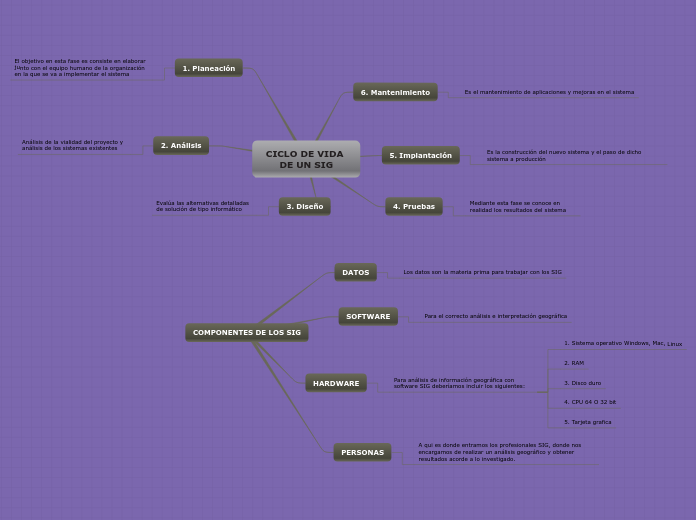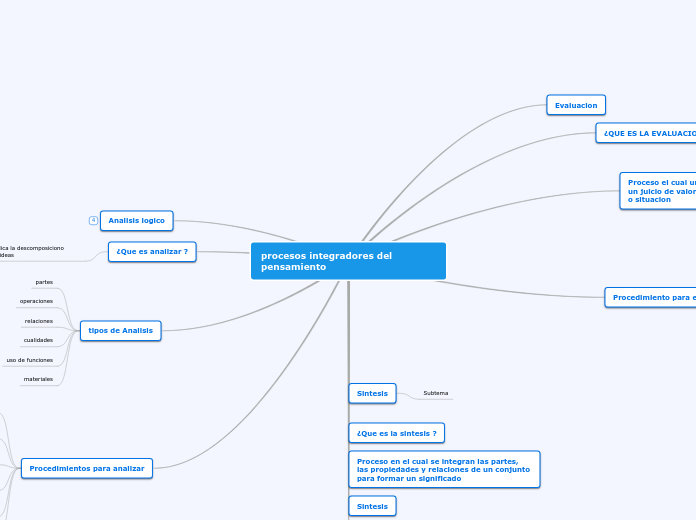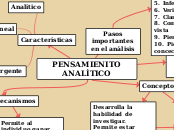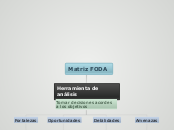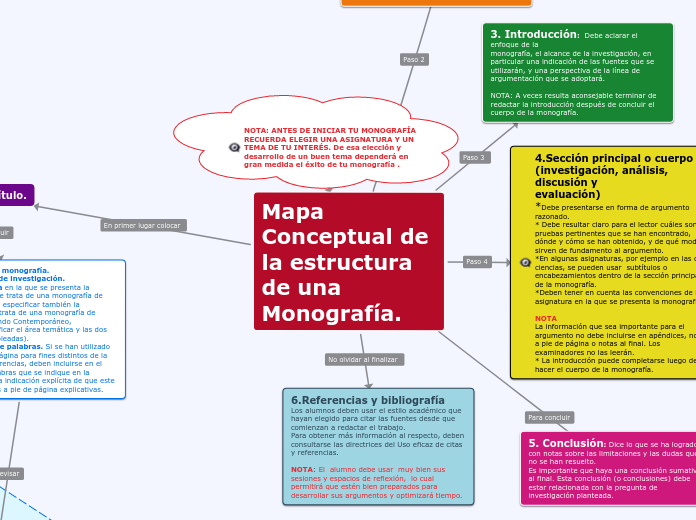COMPONENTES DE LOS SIG
PERSONAS
A qui es donde entramos los profesionales SIG, donde nos encargamos de realizar un análisis geográfico y obtener resultados acorde a lo investigado.
It may be better to divert resources away from Dogs into other areas with more growth potential, by either selling or discontinuing them.
But if they need more investment, then they should be made to compete with other investment opportunities.
What will you do with Dogs?
Type in an idea.
HARDWARE
Para análisis de información geográfica con software SIG deberíamos incluir los siguientes:
Cash Cows generate profit and allow you to take chances on Wildcats. It is important to maintain these Cash Cows for as long as they are profitable.
Eventually, they will migrate to Dogs and will start to cost money and opportunities.
How will you protect Cash Cows?
Type in an idea.
5. Tarjeta grafica
4. CPU 64 O 32 bit
3. Disco duro
2. RAM
1. Sistema operativo Windows, Mac, Linux
SOFTWARE
Para el correcto análisis e interpretación geográfica
When the market for your Star products or services levels off, you need to ensure that you maintain a strong market share so that you can continue to make a return on investment.
How will Stars become Cash Cows?
Type in an idea.
DATOS
Los datos son la materia prima para trabajar con los SIG
Typical lifecycles are:
- Wildcat > Star > Cash Cow > Dog
- Wildcat > Star > Dog
Do you have enough Wildcats, Stars and Cash Cows?
What action do you need to take to balance the matrix? Type in an idea.
CICLO DE VIDA DE UN SIG
Whose portfolio are you analyzing?
Type in the name of the organization whose portfolio you are analyzing.
3. Diseño
Evalúa las alternativas detalladas de solución de tipo informático
2. Análisis
Análisis de la vialidad del proyecto y análisis de los sistemas existentes
1. Planeación
El objetivo en esta fase es consiste en elaborar junto con el equipo humano de la organización en la que se va a implementar el sistema
4. Pruebas
Mediante esta fase se conoce en realidad los resultados del sistema
5. Implantación
Es la construcción del nuevo sistema y el paso de dicho sistema a producción
6. Mantenimiento
Es el mantenimiento de aplicaciones y mejoras en el sistema
